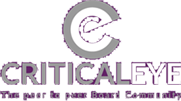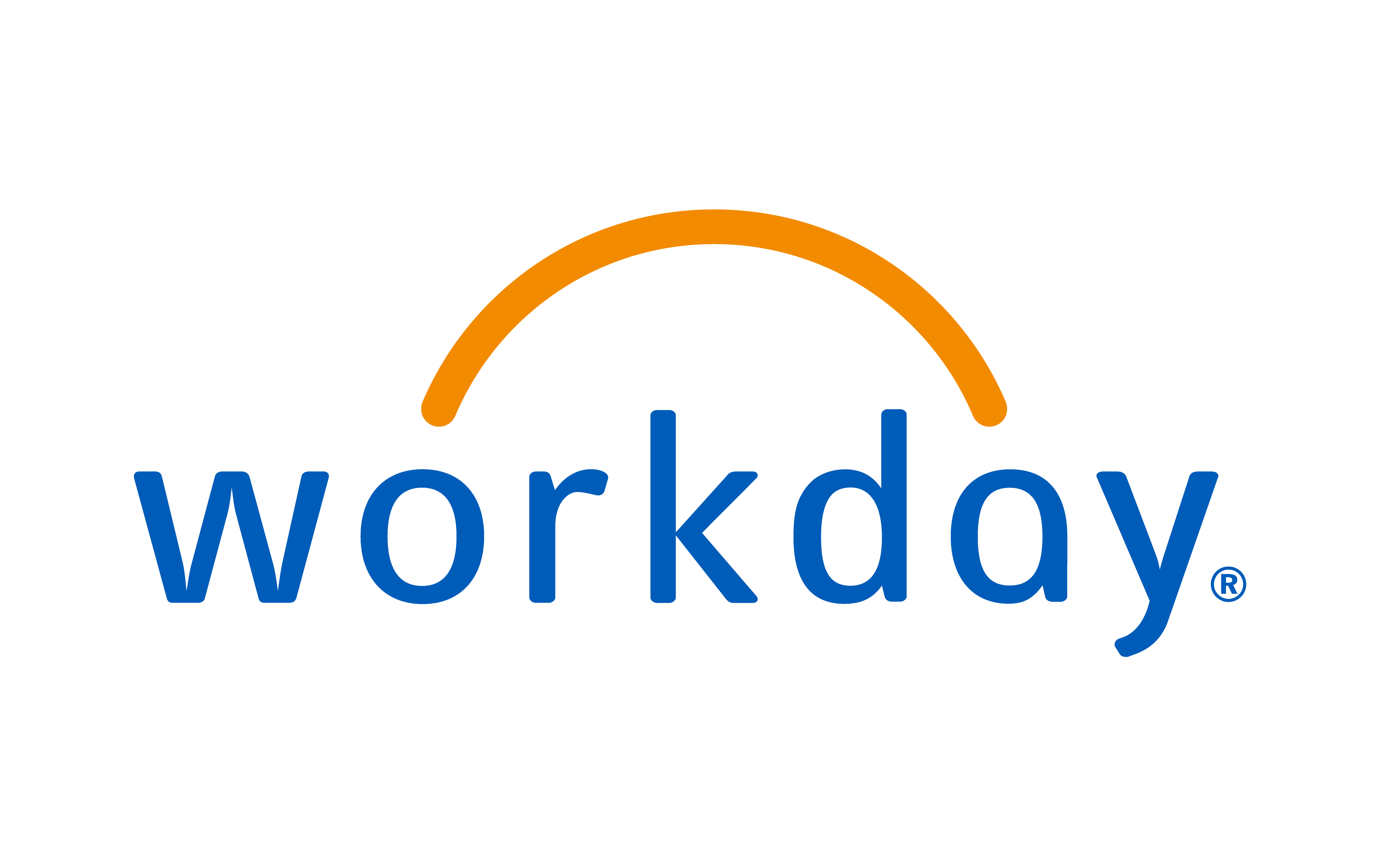
Digital is plunging HRDs into numerous quandaries. How can they predict what new roles will arise and which will disappear? How can they train staff accordingly, and where will they find talent to plug the gaps? These questions are putting greater emphasis on data analytics and the role of strategic workforce planning.
“As well as the impact of a contingent workforce, we’re seeing a rise in remote working – which can potentially offer 24/7 online capacity. This approach to flexible working will change the nature of the workplace,” says Mark Spelman, Member of the Executive Committee at The World Economic Forum (WEF), who has spoken at a number of Criticaleye events on global changes to the workforce.
“We’re also about to move into an era in which everything is connected, online and real time. We’ll be in a hugely different place. I’m not sure our workforce strategies are focused enough on the exponential disruption of technology,” Mark adds.
In a world where digital innovation regularly makes the unpredictable a reality, how can businesses successfully plan their workforce requirements?
Find the right person for the right role
As Executive Director for People Advisory Services and Data Analytics at EY, it’s Nathan Sasto’s job to find practical solutions for tomorrow’s talent dilemmas. One of which is how best to access the gig economy – a pool of specialist employees who can drop into a business to deliver a specific, short-term project.
“The trend towards the gig economy is certainly one of the major impetuses we’re seeing from a client perspective. We’re doing a lot of work in financial services on this, helping them to understand which roles are feasible for them to outsource,” Nathan says.
Crisis, a charity that offers temporary accommodation and support to the homeless, is one of the many organisations to regularly tap into the community of temporary workers.
Jane Furniss, Criticaleye Board Mentor and former Deputy Chair at the organisation explains: “Crisis employs around 10,000 volunteers each autumn to run their Christmas events. Choice and having control over when and where they work is a huge factor in whether they come back to volunteer again. Because they aren’t paid, they need to feel engaged and be happy with the team they work with.”
Engaging an unpaid workforce means offering roles uniquely enticing to each volunteer – and that requires a lot of data crunching. Nathan knows all too well how complicated, yet rewarding, that task can be.
When he joined EY in 2012, Nathan’s first project was to plan the volunteer workforce requirements for the London Olympics. “They needed 70,000 volunteers to run the Olympic and Paralympic games, covering 3,500 jobs ranging from medics to drivers,” he explains.
“The HR Director at the time compared it to building a Fortune 500 company in three months and then tearing it down – that was the scale of the problem.”
To address this, Nathan and his team built an artificial intelligence-based matching system, comparing over 500 million data points on languages, skills, experience and preference to reach an optimal workforce distribution. He explains: “Once we were up and running, a HR allocation task that previously took 13 people one month to carry out, took a single person just four hours.”
Analytics such as this allow organisations to map their staff requirements against a pool of talent – be that internal or external – and do it in a way that caters to different personalities, desires and skills.
Train your staff to be digitally fluent
Another critical dilemma for HRDs is the need to re-educate the workforce for tomorrow’s employment landscape.
"One of the issues we face is in retraining for digital fluency. We must work out how to move people who were trained to work in one way into a digital world,” says Mark. “Half of the people coming into the workforce today will live until they’re 100. Life-long learning will be critical going forward. I’d argue that the ability to keep your top 30 per cent of staff will depend on your long-term corporate training.”
David Grounds, who supports corporate business leaders in his role as Relationship Manager at Criticaleye, says: “Continuous learning is becoming an economic imperative, it’s no longer enough to come into an industry with a qualification and think you’re the finished article. I see that need at a senior leadership level and right through the business.”
“While constant self-improvement has always been a worthy pursuit, the rate at which technology is changing the business environment means it’s now a priority.”
According to Nathan, a common problem is predicting where best to invest your efforts. “We talk about digital skills a lot but it’s quite a challenge to take that esoteric concept into practical measures, roles and functions,” he explains.
Again, data can help. Analytics capabilities similar to those used by Crisis and the London Olympics to map talent, can be employed to determine what skills will be required for newly developing jobs.
“Imagine all the available roles were on a platter and you could see what skills and attributes were needed for each – you could tell very easily which you’re suited to and what you’d need to do to move between those roles. That’s changing the vertical succession plan and really empowering people to plan their careers effectively,” says Nathan.
Address the fear of uncertainty
This kind of insight can help protect individuals from what the WEFs predicts will be five million job losses due to automation by 2020. HRDs must play their part in supporting staff through that uncomfortable process, quelling concerns and retraining where possible.
As Mark says: “When looking at strategic workforce planning we need to recognise that it’s not just about opportunity and the upside, it’s also about managing the fears associated with the downside.”
Jane warns that if businesses fail to address these insecurities they may see their talent drain away. “Fear of uncertainty about job security can lead some of your best people to go. You can end up with people who either don't understand the change that is happening or aren’t able to get jobs elsewhere,” she says.
“Your worst case scenario is that you lose the really good people who can obtain jobs elsewhere, while retaining the not-so-good who can't.”
These thoughts were shared during a recent Criticaleye Global Conference Call on Making Sense of Strategic Workforce Planning.
By Mary-Anne Baldwin, Editor, Corporate
Don’t miss our next Community Update on the importance of apprenticeships.


























 (002).png)